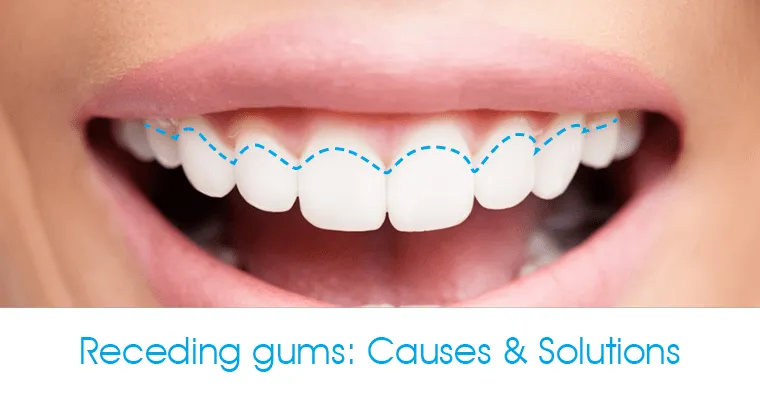Understanding Teeth Whitening and Gum Health
Teeth whitening has become a popular cosmetic procedure, promising a brighter and more appealing smile. However, while the desire for a dazzling smile is understandable, it’s crucial to understand the potential impact of these procedures on your overall oral health, particularly your gums. This article delves into the relationship between teeth whitening and gum recession, exploring the causes, risks, and preventive measures to ensure a healthy and beautiful smile. Understanding the science behind teeth whitening and its potential effects is paramount for anyone considering this treatment.
What is Gum Recession
Gum recession is the process where the gum tissue that surrounds the teeth pulls back, exposing more of the tooth and the root. This can lead to increased sensitivity, as the root surface lacks the protective enamel of the crown. Furthermore, it creates pockets where bacteria can accumulate, increasing the risk of tooth decay and periodontal disease. Gum recession can be caused by a variety of factors, including aggressive brushing, periodontal disease, genetics, and, as we’ll explore, certain teeth whitening procedures. Recognizing the signs of gum recession early on is crucial for timely intervention and prevention of further complications.
Causes of Gum Recession
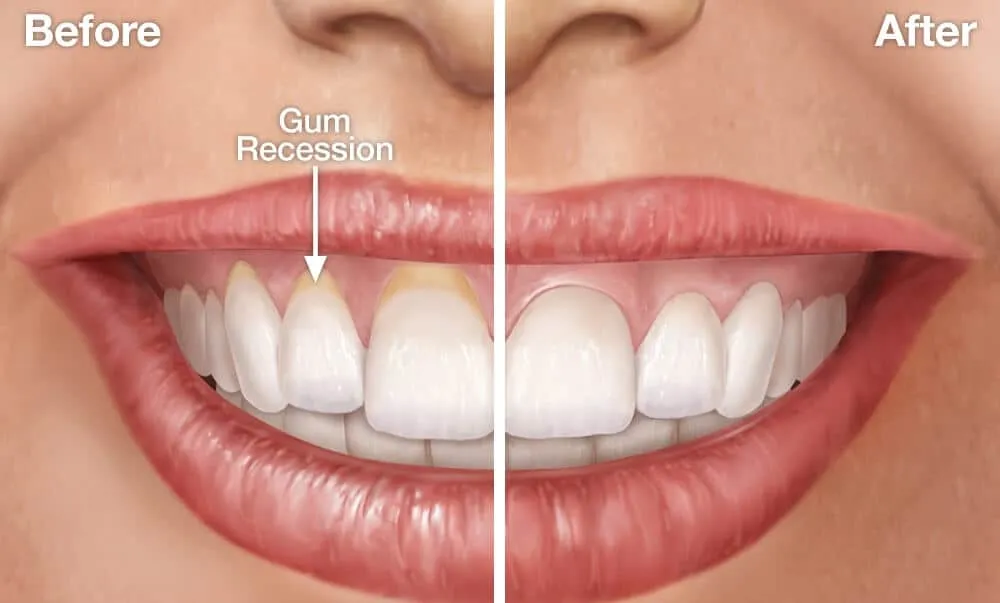
Several factors can contribute to gum recession. Aggressive brushing habits, such as using a hard-bristled toothbrush or brushing too vigorously, can wear away gum tissue over time. Periodontal disease, an infection of the gums and bone, is another significant cause. Genetics also play a role; some individuals are simply predisposed to gum recession due to the thickness or thinness of their gum tissues. Additionally, trauma, such as an injury to the mouth, and even certain orthodontic treatments can contribute to the condition. Understanding these causes is the first step in preventing and managing gum recession, which can be exacerbated by certain teeth whitening methods.
How Teeth Whitening Works
Teeth whitening works by using bleaching agents, typically hydrogen peroxide or carbamide peroxide, to break down stains and discoloration within the enamel of the teeth. These agents penetrate the enamel and oxidize the stain molecules, making them less visible. The effectiveness of teeth whitening depends on several factors, including the concentration of the bleaching agent, the duration of the treatment, and the individual’s tooth structure. Different methods of teeth whitening offer varying degrees of effectiveness and potential risks. Understanding the underlying mechanisms of these methods is vital for assessing the potential impact on gum health.
Different Teeth Whitening Methods
Teeth whitening methods vary widely, from over-the-counter products to professional treatments. Each method has its own set of advantages and disadvantages, including the potential for gum irritation and recession. These methods utilize different concentrations of bleaching agents and application techniques. The choice of method should be based on individual needs, preferences, and the guidance of a dental professional. Understanding the differences between these methods is essential for making an informed decision and minimizing the risk of adverse effects, especially concerning gum health.
Professional Teeth Whitening
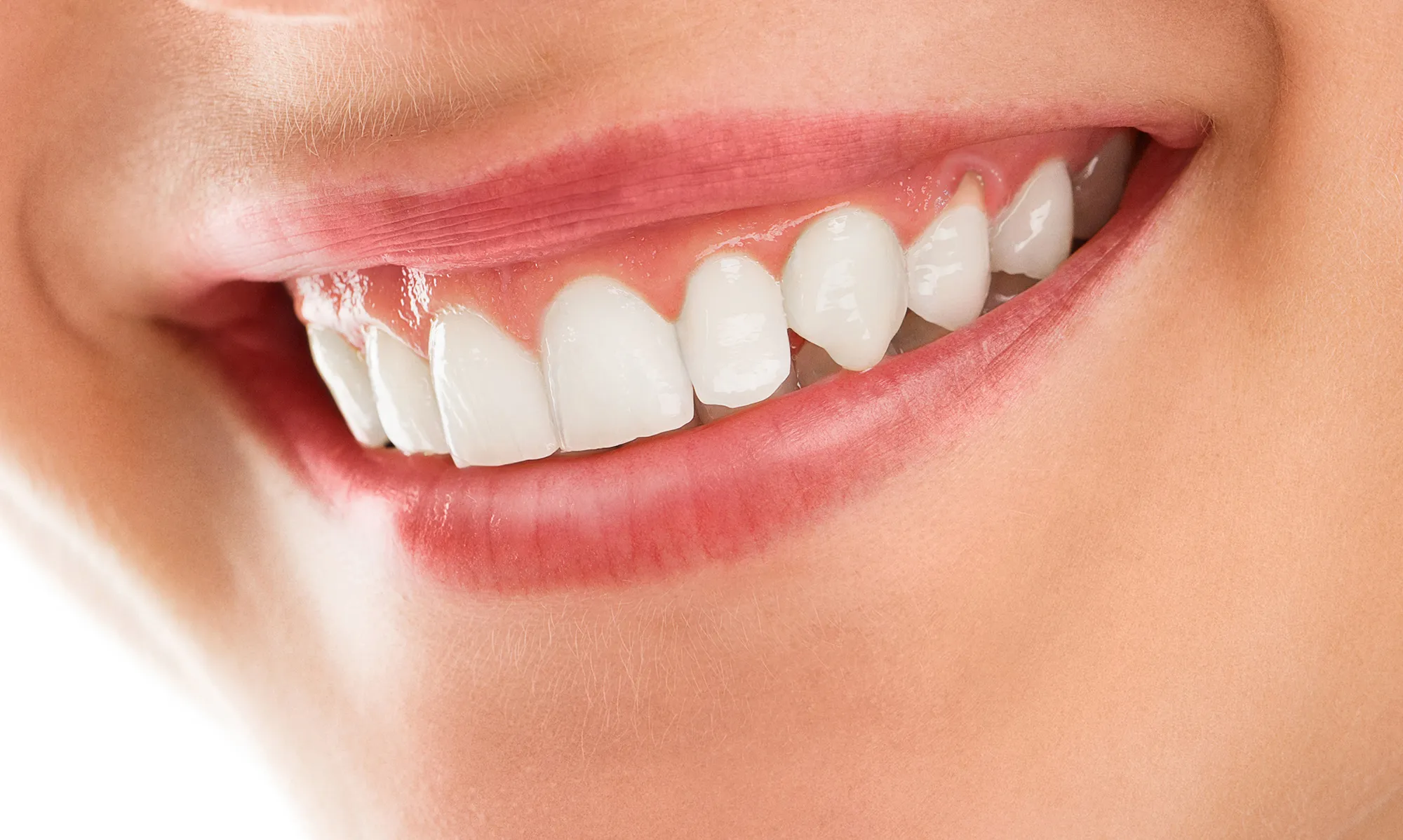
Professional teeth whitening, performed by a dentist, offers the most controlled environment and often uses higher concentrations of bleaching agents. This can lead to more dramatic and immediate results. However, the higher concentrations also increase the risk of gum irritation and, potentially, recession if the gums are not adequately protected during the procedure. Dentists typically use protective barriers, such as rubber dams or special gels, to shield the gums from the bleaching agent. Regular check-ups and professional guidance are critical for mitigating potential risks and ensuring the safety of the procedure. Furthermore, it’s imperative to disclose any pre-existing gum conditions to the dentist.
At-Home Teeth Whitening
At-home teeth whitening products, such as whitening strips, gels, and trays, are readily available and often more affordable than professional treatments. These products typically contain lower concentrations of bleaching agents, reducing the risk of gum irritation. However, improper use or overuse can still lead to sensitivity, irritation, and potential gum recession. It’s crucial to follow the instructions carefully and to consult with a dentist if you experience any adverse effects. Moreover, individuals with pre-existing gum problems should exercise extra caution when using at-home whitening products. Regular dental check-ups remain essential to monitor the health of your gums.
The Link Between Teeth Whitening and Gum Recession
While teeth whitening is generally safe when performed correctly, it can contribute to gum recession in several ways. The bleaching agents used in teeth whitening can irritate the gums, leading to inflammation and, in severe cases, tissue damage. This is especially true if the gums are not adequately protected during the procedure or if the product is used improperly. Understanding the specific mechanisms through which teeth whitening can impact gum health is vital for anyone considering this cosmetic treatment. Furthermore, several factors can amplify the risk of adverse effects on the gums.
Sensitivity and Irritation
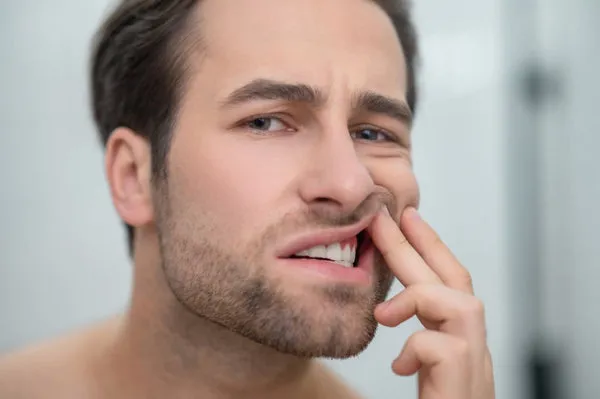
One of the most common side effects of teeth whitening is tooth sensitivity and gum irritation. These symptoms often arise due to the bleaching agents penetrating the enamel and affecting the nerves in the teeth and gums. While mild sensitivity is usually temporary, severe or prolonged irritation can indicate that the gums are being damaged. Using a lower concentration of the bleaching agent, following the instructions carefully, and allowing sufficient time between treatments can help reduce sensitivity and irritation, thereby minimizing the risk of gum recession. Additionally, using toothpaste designed for sensitive teeth can alleviate some discomfort.
Chemical Burns
In rare cases, teeth whitening can cause chemical burns to the gums. This can occur if the bleaching agent comes into direct contact with the gum tissue for an extended period or if the concentration is too high. Chemical burns can manifest as white or red patches, swelling, and pain. If you experience any signs of chemical burns, it’s crucial to discontinue the teeth whitening treatment immediately and consult with a dentist. Dentists can provide appropriate treatment to promote healing and prevent further complications, including gum recession. Protecting the gums during teeth whitening is essential to avoid such adverse effects.
Exacerbation of Existing Conditions
Teeth whitening can exacerbate pre-existing gum conditions, such as gingivitis or periodontitis. The bleaching agents may irritate the already inflamed gums, worsening the condition and increasing the risk of recession. Individuals with a history of gum disease should consult with a dentist before undergoing teeth whitening. The dentist may recommend treating the gum disease first to ensure the gums are healthy enough to withstand the whitening procedure. Taking this approach is crucial for preserving the health of the gums and minimizing the risk of further complications. Also, this highlights the importance of regular dental check-ups.
How to Minimize the Risk of Gum Recession
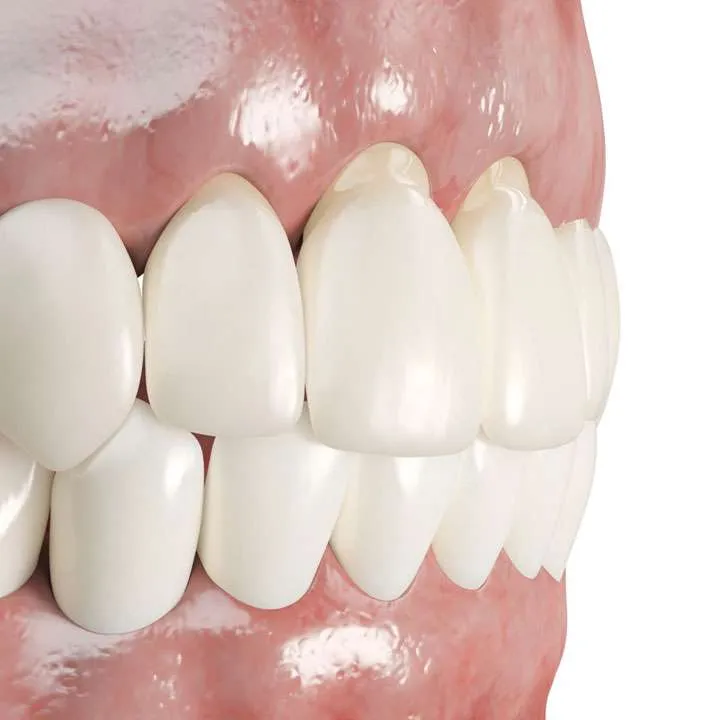
While teeth whitening carries potential risks, several measures can be taken to minimize the likelihood of gum recession. Choosing the right teeth whitening method, following the instructions carefully, and practicing good post-whitening care are all crucial steps in protecting your gums and maintaining a healthy smile. Consulting with a dental professional can also provide personalized guidance and ensure that the procedure is safe and effective for your specific needs. Proactive measures are vital for balancing the desire for a brighter smile with the importance of gum health.
Choosing the Right Teeth Whitening Method
The choice of teeth whitening method significantly impacts the risk of gum recession. Professional teeth whitening, performed by a dentist, offers the safest option as the gums are protected with barriers. At-home methods should be selected with caution. Consider the concentration of the bleaching agent, and the application method. Always consult with your dentist to determine the most suitable method for your situation. Those with sensitive teeth or pre-existing gum issues should opt for milder treatments or consult with their dentist before proceeding. Prioritizing a method that minimizes risk will help protect your gums.
Proper Application and Usage
Following the instructions carefully is crucial for minimizing the risk of gum recession. This includes using the correct amount of the bleaching agent, applying it for the recommended duration, and avoiding contact with the gums. Overuse or misuse of teeth whitening products can significantly increase the risk of irritation and damage. When using at-home products, ensure the trays fit properly and don’t overflow, and be diligent about removing any excess gel. Regular dental check-ups will also help to monitor the application and catch any issues early on. Careful application and usage are key to maximizing the benefits while minimizing potential risks.
Post-Whitening Care
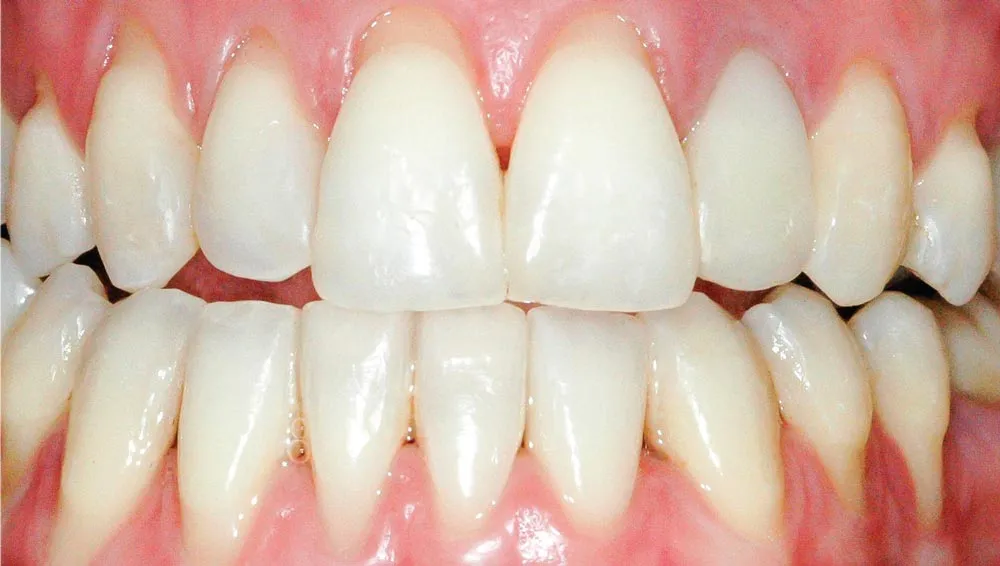
Post-whitening care plays a vital role in protecting your gums. Avoid foods and drinks that can stain your teeth, such as coffee, tea, and red wine, for the first few days after the procedure. Use a soft-bristled toothbrush and brush gently to avoid irritating your gums. Consider using toothpaste designed for sensitive teeth to alleviate any discomfort. Also, keep up with your regular dental check-ups to monitor your gum health. Following these care instructions will not only extend the longevity of your whitening results but will also help to prevent potential complications, including gum recession. Maintaining excellent oral hygiene is paramount.
Consulting with a Dental Professional
Consulting with a dental professional is the most effective way to ensure the safety and effectiveness of teeth whitening. Dentists can assess your oral health, identify any pre-existing conditions, and recommend the most appropriate whitening method for your specific needs. They can also provide professional teeth whitening, ensuring that your gums are properly protected during the procedure. Regular check-ups also allow dentists to monitor your gum health and identify any potential issues early on. Their expertise can guide you through the process, minimizing the risk of complications. They are the best resource for advice and support.
When to Seek Professional Help
If you experience any unusual symptoms during or after teeth whitening, such as severe sensitivity, persistent pain, or signs of gum irritation, it’s important to seek professional help immediately. A dentist can assess the situation and provide appropriate treatment. Furthermore, any signs of gum recession, such as increased tooth sensitivity or the appearance of longer teeth, should be evaluated by a dentist. Early intervention is crucial for preventing further complications and preserving your oral health. The dentist may recommend alternative whitening methods or treatments to address any adverse effects.
Long-Term Oral Health
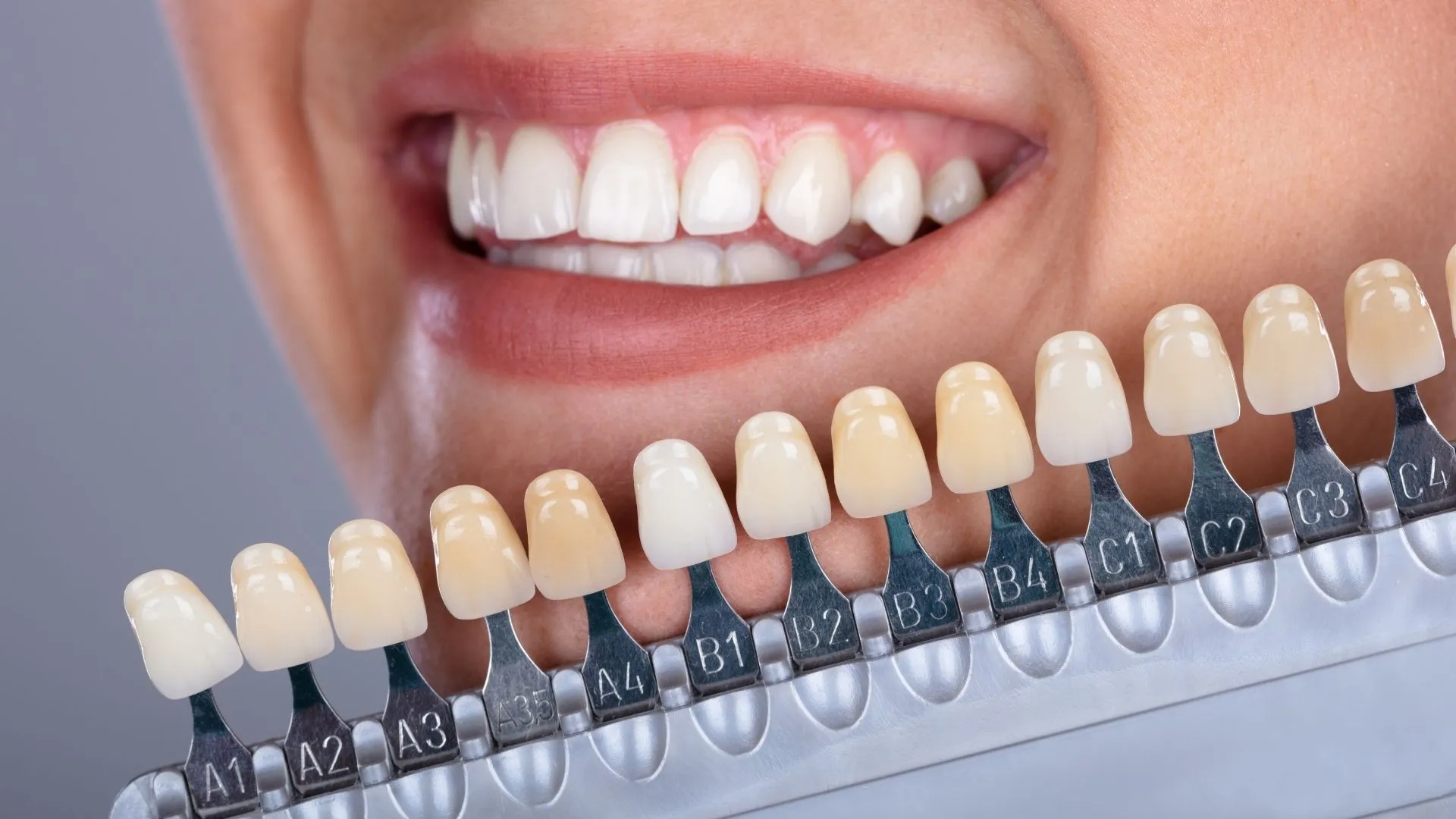
Maintaining long-term oral health requires a holistic approach that includes regular dental check-ups, proper oral hygiene practices, and a healthy lifestyle. This also means being mindful of the potential impact of cosmetic procedures, such as teeth whitening, on your gum health. A balanced approach ensures not only a beautiful smile but also the overall health of your mouth. Prevention, early detection, and professional guidance are essential for maintaining a healthy smile. Consistent care ensures a confident and healthy smile that lasts a lifetime.
